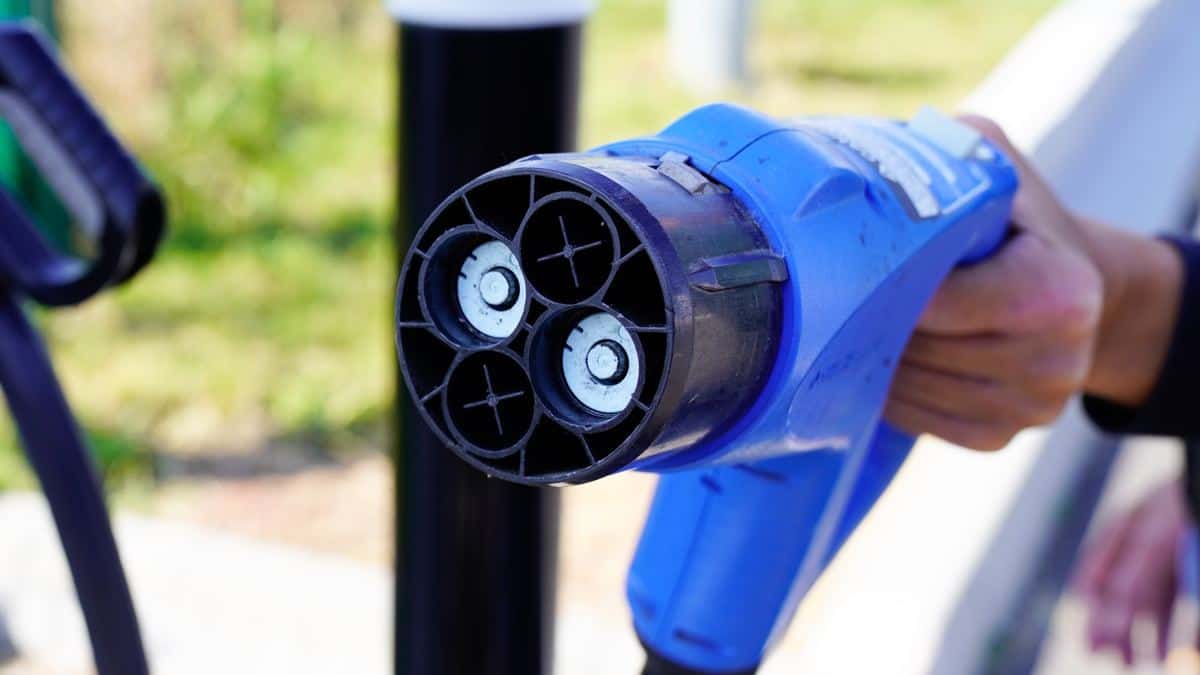The California legislature has proposed a bill that requires bidirectional charging capability for all new electric vehicle sales in the state by 2027.
The bill, SB 233, has already passed the California Senate Energy Committee. It was also discussed further by the Senate Transportation Committee on April 25.
How does bidirectional charging work?
The bill, authored by Senator Nancy Skinner, instructs the California Energy Commission to form a work group to report on the bidirectional capabilities of various vehicles but does not define the term “bidirectional-capable” specifically.
Nonetheless, it would probably include “vehicle-to-grid” capabilities. It enables the car’s battery to feed power into the electrical grid or a microgrid.
Other bidirectional application options for EVs include vehicle-to-load and vehicle-to-home. V2H enables homeowners to supply electricity to their homes with a car’s battery. Meanwhile, V2L is the most constrained type and often has lower peak draw capability, such as the 1.8kW capacity on the Kia Niro EV.
In addition, “Vehicle-to-everything,” or V2X, is another catch-all phrase for this.
Relevance of the bill in California
SB 233 would guarantee that all new EVs sold in California by 2027 could discharge power from their battery packs to support the power grid or serve as a backup power source for residences.
“EVs are energy storage on wheels. Why waste that battery, given how few miles most people use the vehicle in any given day? But we need to make it as easy as possible.”
State Senator Nancy Skinner
Additionally, SB 233 would boost funding for bidirectional infrastructure, set state goals for bidirectional charging, and encourage interoperability tests.
Most estimates suggest that a 60 kWh electric vehicle battery could power a typical US household for at least two to three days without a recharge. Such a V2H capability might be quite beneficial in California, where citizens increasingly risk rolling blackouts during times of heavy demand.
Furthermore, California Energy Commissioner Siva Gunda claimed (via GovTech) that the batteries in Californian cars will have the capacity to store 60,000 megawatts of energy by 2030. She asserted that only ten percent of that could be added back to the grid. With this, California will be able to endure the same challenges it faced last year without using its backup generators.
Meanwhile, Utility PG&E claims to be preparing the grid for future bidirectional demand and developing standards for V2X applications. However, it pointed out that California is not yet poised for rapid, widespread adoption.
“It represents a new path. We want to lead the country in reliability, resiliency, and reduced emissions.”
Aaron August, PG&E’s Utility Partnerships and Innovation VP
See Also:
- Users can earn up to $15,000 for EVs with a V2G charger
- Toyota and Oncor to explore EV technology with new V2G pilot program
- Volkswagen & Elia group partners to explore vehicle-to-grid energy storage
- Solar & Storage generates power to sustain the grid’s stability
- B2U Storage Solutions Inc offers a second life to EV batteries on the California power grid
In recent testimony before the California Senate Energy, Utilities, and Communications Committee, Nuvve CEO Gregory Poilasne spoke in favor of the proposed law.
“California must approach V2G the same way it has treated rooftop solar or EV adoption—with goals, incentives and fostering stakeholder collaboration. SB 233 does all three, and will help transform today’s kilowatts and megawatts of mobile grid storage into tomorrow’s gigawatts.”
Nuvve CEO Gregory Poilasne
The bill suggests starting this transition on July 1st, 2024.

